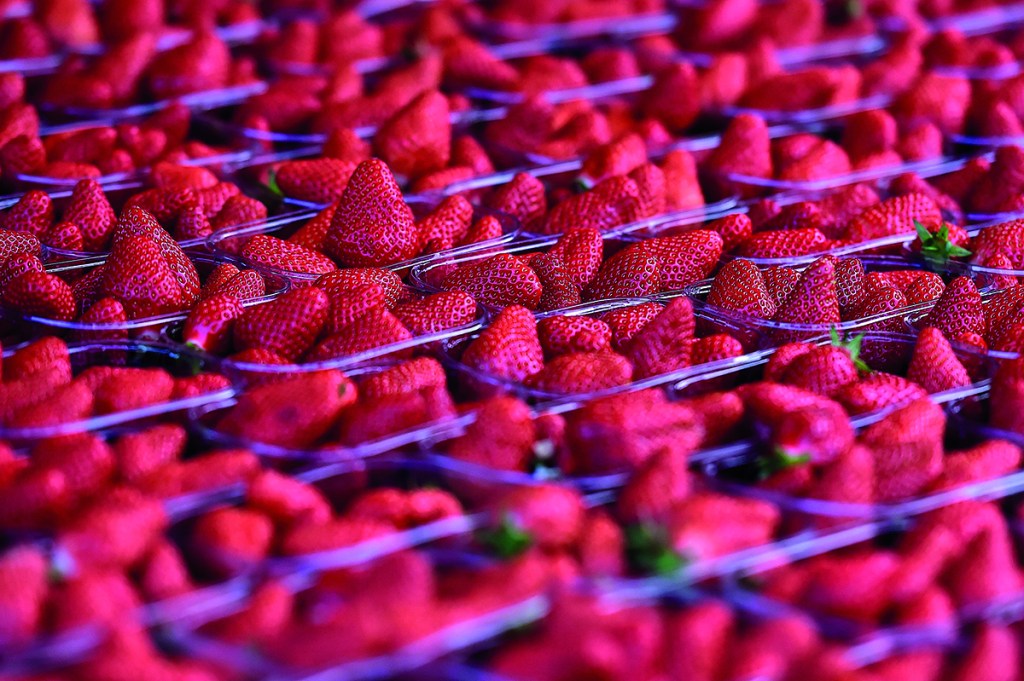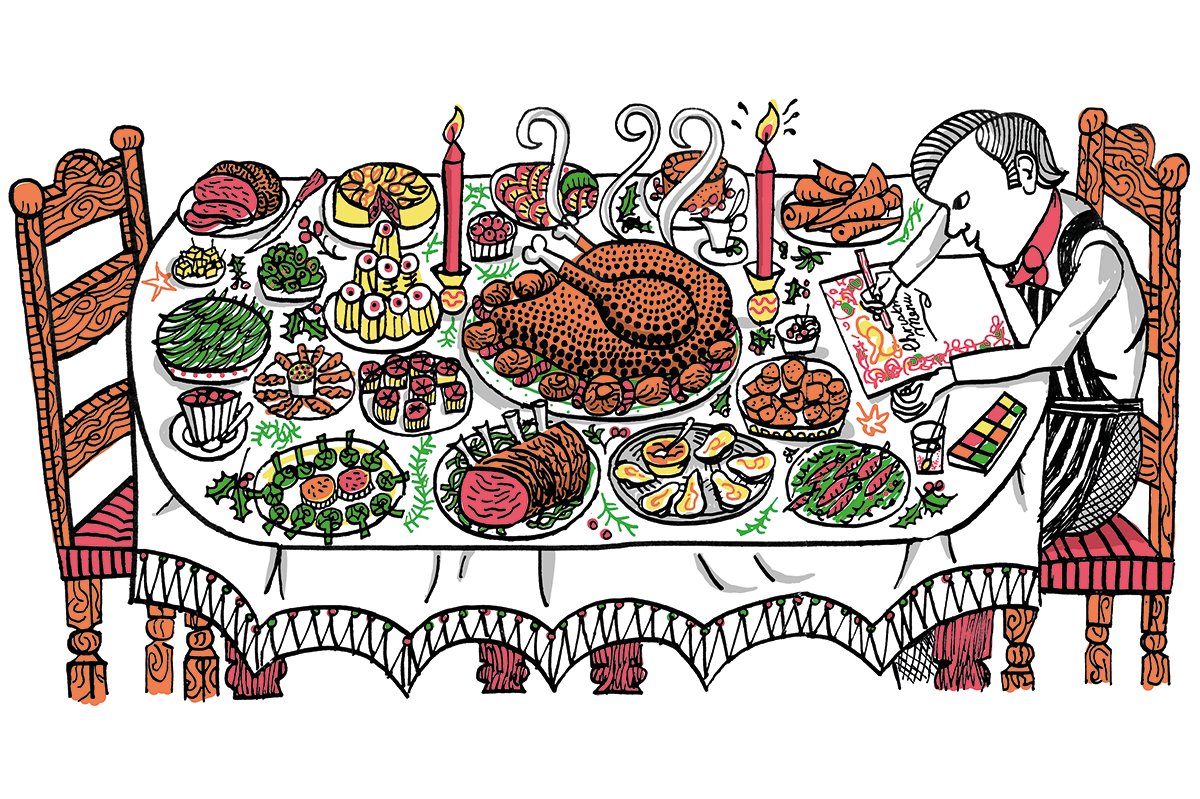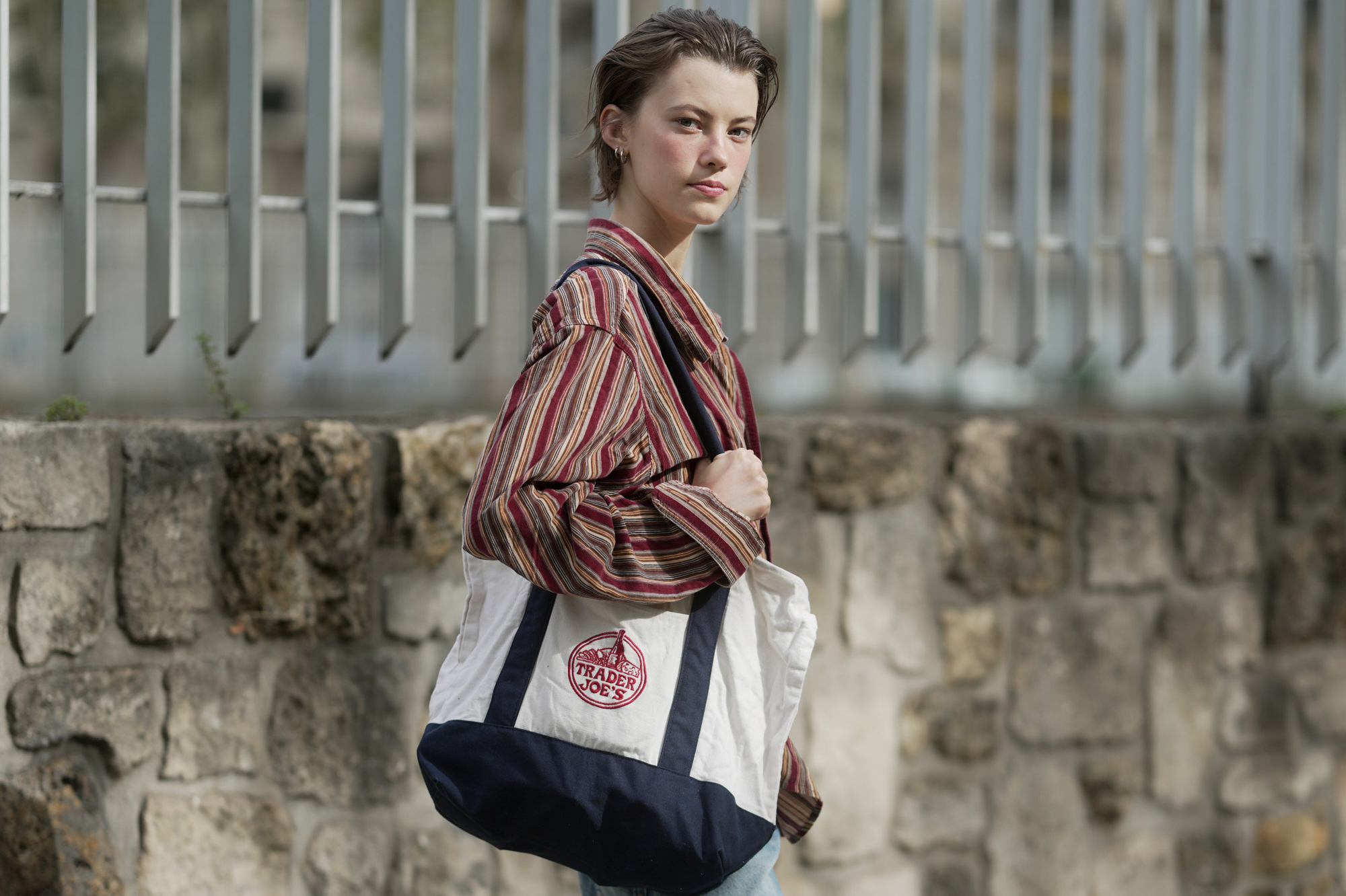Looking to impress your girl in NYC? Order her some Omakase berries from Oishii. Although they’ll probably be the most expensive strawberries you’ll ever buy in the States, a pack of eight, hand-delivered to you at a secret rendezvous in the Oculus at the World Trade Center, will still only set you back $50. That, as you’ll know if you’re inclined towards thrift in courtship, is significantly less than a dinner date within the same city precincts.
Word on the street is that these berries are so good (a subtle hint is provided in the company name, Oishii, which means ‘delicious’ in Japanese) that you can be served a single one as dessert at a Michelin-starred joint in Manhattan and not feel gypped. Founded by entrepreneur Hiroki Koga, Oishii’s indoor vertical farming facility near Newark, New Jersey, aims to replicate the ideal strawberry-growing conditions found in the foothills of the Japanese Alps, so as to make the very finest Japanese strawberries available to New Yorkers year-round.
What’s so special about Japanese strawberries? In Japan, fruit is taken very seriously indeed — a bit like bulbs in the age of Holland’s ‘tulip mania’. If Hercules had known about it, he wouldn’t have wasted time trying to get Poseidon and Atlas help him steal the golden apples of the Hesperides; he would have simply hopped on the next flight to Japan and picked up a few yellow Mutsus at Sembikiya. And strawberries are not the only fruit. You can spend as much on an upscale watermelon in Japan as you would on a new laptop. Just last year a pair of musk melons made headlines on fetching five million yen (approximately $46,000) at auction. Talk about expensive taste.
Needless to say, Japanese growers spare no effort to produce the very finest, most flavorful specimens. High-end melons lead lives of pampered indolence on the vine, receiving regular massages from white-gloved lackeys — I like to picture these servants inclining respectfully before and after the ceremony — and, like Victorian damsels on promenade, they’re carefully sheltered beneath hat-like sunshades to preserve the elegant pallor of their complexions. Yet of all Japan’s upscale fruits, it was strawberries that Hiroki Koga chose to bring to the American market, and for good reason. Japanese strawberries have benefited greatly from the fruit-as-luxury culture. The seventh-largest producer of strawberries in the world, Japan has close to 300 registered varieties, both red and white, such as the striking White Jewel. Although Oishii’s Omakase berry is grown on American soil, the variety is a result of years of careful breeding in Japan. White strawberries grow in North America too, but they have historically been poor sellers, since white means unripe to America’s fruit-eaters.
According to those who’ve tested it, the Omakase berry doesn’t disappoint. Its growers say it combines a ‘beautiful aroma and exceptional sweetness’ with a ‘creamy’ texture. If you leave a single berry unwrapped in a closed room for a few minutes, the room will be full of strawberry fragrance on your return. Before picking the berries, Oishii measures the concentration of sugar in each to be sure it is at optimal ripeness. (You can measure sugar concentration without damaging the fruit by using a near-infrared spectrometer, a nifty tool that detects sugar molecules based on the way they absorb light).
Sugar content is a key factor in strawberry quality, for strawberries, unlike other fruits, do not continue to ripen after they are picked. As a result, they’re bad travelers. If they are perfectly ripe, they risk spoiling before they reach their destination, and if they are picked while slightly unripe, they last longer but are not as sweet or aromatic. This is where Oishii has an edge. Since their facility is 100 percent climate-controlled, they can offer freshly picked strawberries not just in the summer months but year-round. What’s more, they’ve adapted vertical farming concepts to their own specific purposes in a way that could be replicated across the country and internationally.
The trendy new concept of vertical farming involves growing produce indoors in vertically stacked layers so as to maximize yield per square foot. It is praised for its efficient use of water and space, even though it requires significantly more energy and technological resources than traditional farming. While Oishii is understandably reticent about the precise methods they use for their strawberries, generally speaking vertical farming facilities are 100 percent light- and climate-controlled. Plants are rooted in water, peat moss or even nutrient-infused mist, rather than traditional soil. No pesticides are needed, since usually no insects are admitted into the building. This, though, makes pollination a challenge.
Interestingly, Oishii, which doesn’t use pesticide, seems to have found a way to introduce bees into their strawberry farm for pollination purposes. How they can let bees in (and presumably out again) while maintaining the complete climate control necessary to replicate an ecosystem found in the foothills of the Japanese Alps is indeed mysterious.
Another challenge they must face is the one identified last year by the James Hutton Institute, a British agricultural research group. Vertically farming berry crops — as opposed to lettuce or greens — is usually not a cost-effective exercise. First of all, the plants themselves do not adapt well to vertical stacking, and if you give them more floor space, their precious yield-per-square-foot figure drops.
[special_offer]
The other issue is lighting, about which berries are understandably finicky. They like natural sunlight — I can only sympathize — and while there are many ways to tweak artificial lighting, it’s difficult and costly to imitate the intensity of sunlight indoors, an intensity necessary both for decent yields and to bring the natural sugars in the berry to maturation point. That said, higher operating costs can certainly be justified if Oishii can command a price to match. After all, $50 for a pack of eight strawberries is quite a bit more than you’ll pay at a typical roadside stand.
Is it worth it? I’d suggest you find out by putting in an order, if you’re lucky enough to catch them on a day when they haven’t sold out. Share them with the boy or girl of your dreams some warm summer night with Scarlatti’s Serenata a Filli playing in the background, not Chuck Berry or the Strawbs.
Serenatas were a kind of nocturnal mini-opera in the Baroque period. The rich and famous would listen outdoors under serene, star-studded skies, quite possibly while consuming strawberries. You’ll have to stretch your imagination to see the stars in NYC, but the rich and plaintive melody of Scarlatti’s ‘Ombre voi d’un cor fedele’ (‘You shadows of a faithful heart’) playing above the ostinato strings will help. Your judgment on Oishii berries, in this setting, is not likely to be terribly objective. But then, as Jane Austen would say, under such circumstances as these, objectivity would be unpardonable.

























